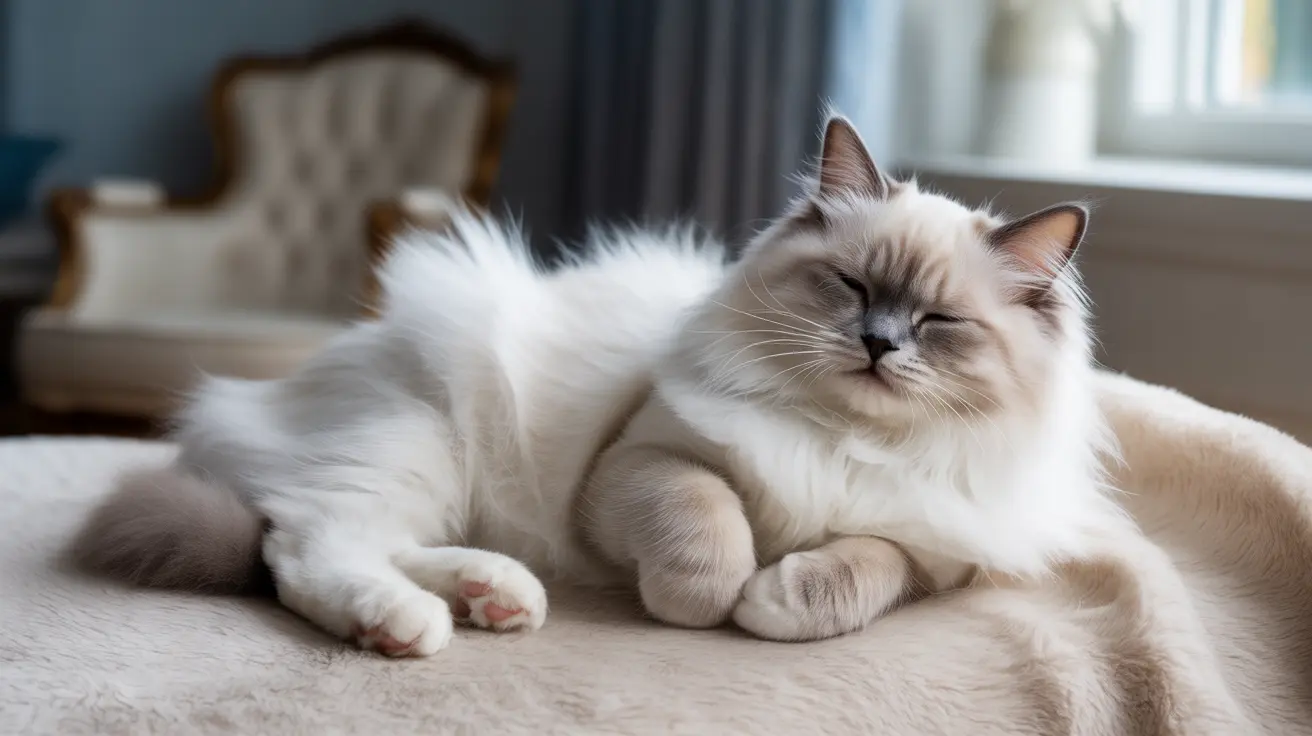Understanding How Flying Affects Cats' Ears
Many pet owners wonder: do cats' ears hurt when flying? Just like humans, cats can feel discomfort in their ears during airplane takeoff and landing due to changes in air pressure. However, with the right preparation and understanding, this discomfort can be minimized, making the experience less stressful for your feline companion.
Why Ear Discomfort Occurs
Cats have sensitive ears. When an airplane ascends or descends rapidly, the changing cabin pressure can lead to pressure imbalances within the ear canal, potentially resulting in pain or discomfort. This sensation, familiar to humans as ear popping, can be bewildering or unpleasant for cats who don’t understand what is happening.
Signs a Cat Is Experiencing Ear Pain During Flight
- Increased vocalizations or howling
- Shaking the head or pawing at ears
- Increased agitation or restlessness
- Drooling or excessive licking
If these signs appear during takeoff or landing, your cat could be experiencing pressure-related discomfort.
How to Help a Cat During Flights
While the sensation can't be completely avoided, several strategies can help reduce the chance of discomfort:
- Use a high-quality carrier: Choose one that is airline-approved, well-ventilated, and large enough for the cat to turn around and stretch. Hard-shell carriers with a top opening are typically best.
- Acclimate your cat: Train your cat to be comfortable in their carrier by introducing it in advance. Add familiar bedding, toys, and use Feliway Classic Spray to reduce anxiety.
- Hydration: Make sure your cat stays hydrated before and after the flight. Dehydration can worsen ear pressure issues.
- Timing and feeding: Avoid feeding your cat just before the flight to minimize nausea, but ensure they are not completely empty-stomached.
- Consult your vet: A pre-flight check-up is essential. Discuss travel plans to ensure your cat is in good health and inquire about safe sedative options if needed.
Travel-Day Tips
- Arrive early: Arriving at the airport ahead of schedule reduces stress for both you and your cat.
- Use calming aids: Products like the Feliway Help! Diffuser at the destination can help transition your cat into a new environment calmly.
- Cover the carrier: Visually shielding the carrier can reduce stimuli during bustling airport activity.
- Stay calm: Your mood affects your cat. Maintaining composure can help reduce their anxiety.
Alternative Travel Considerations
If you’re concerned about your cat’s ability to cope with air travel, consider alternatives like a professional cat sitter or boarding at a reputable cattery. Still, for cats who must travel, proper planning can alleviate many potential issues—including ear discomfort.
Post-Flight Care
- Quiet space: Set up a calm, secluded spot at your destination with familiar items such as their bed, food, and litter box.
- Monitor behavior: Watch for signs of lingering stress or any health concerns. Allow time for adjustment.
Conclusion
While cats may experience ear discomfort while flying, awareness of the symptoms and preparation strategies can significantly improve their travel experience. Considering their sensitivity, it’s essential to maintain a stress-minimized environment, rely on veterinarian advice, and use reassuring products like feline pheromones. With attention to detail and a calm demeanor, you can ensure that air travel is safe and as comfortable as possible for your cat.





